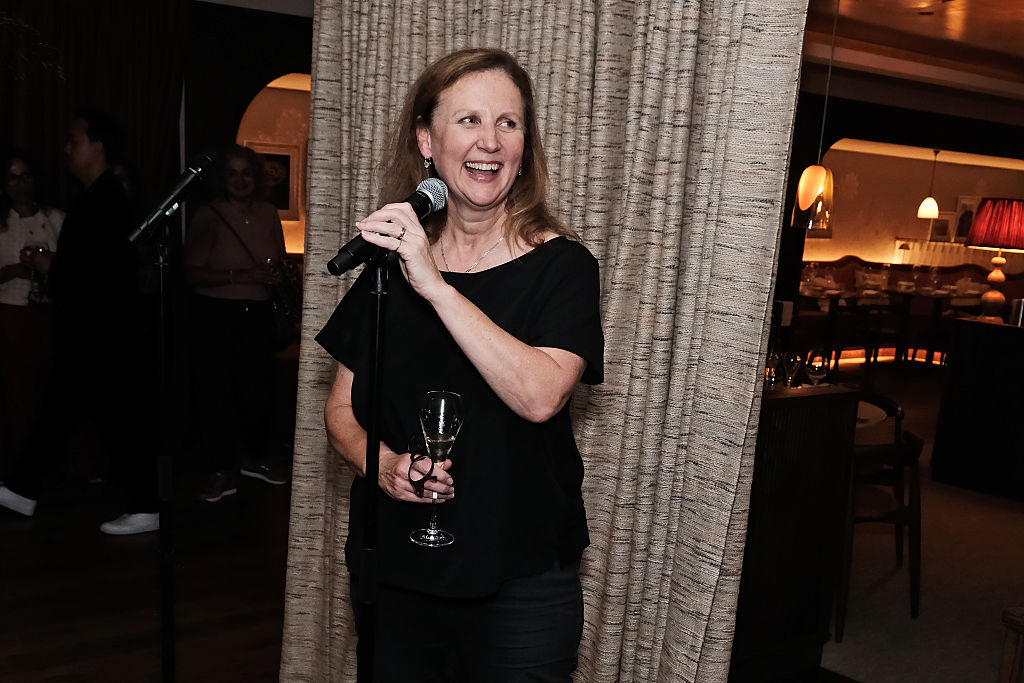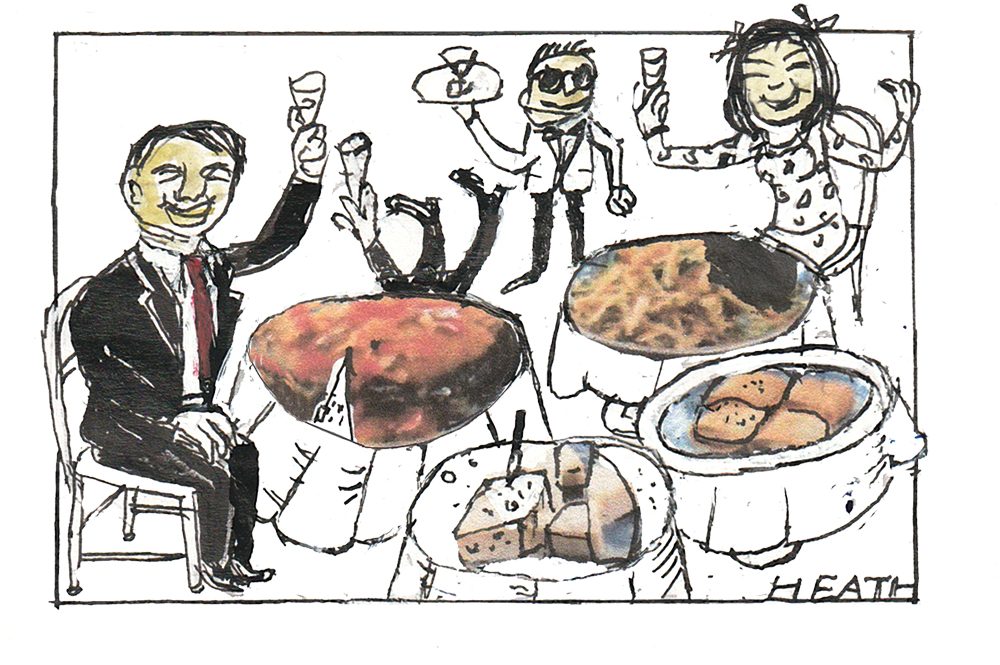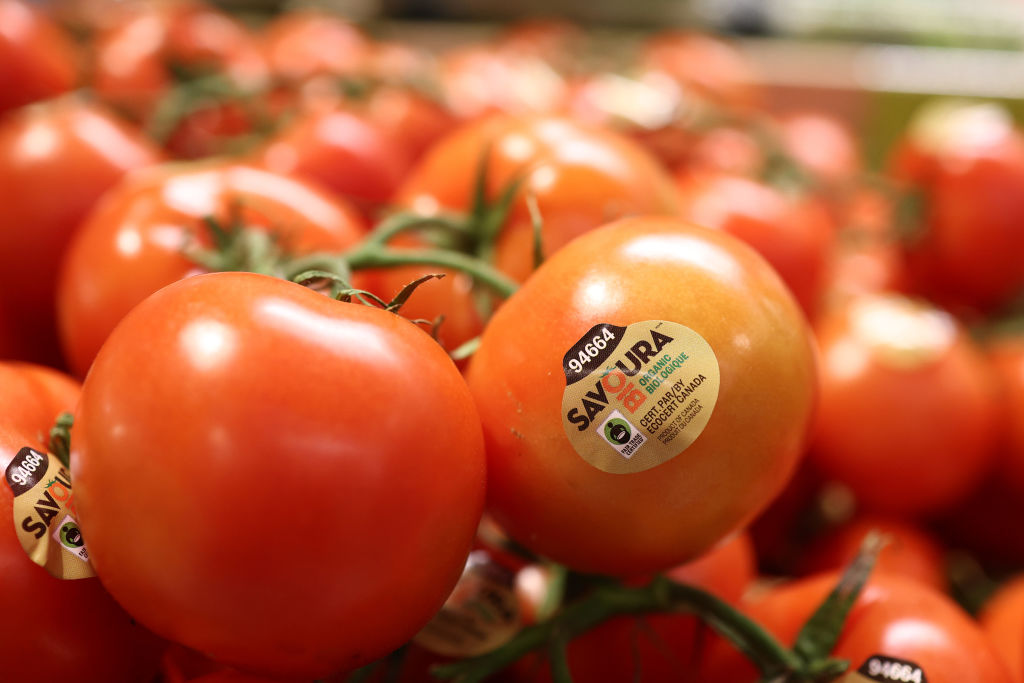Smart Italian restaurants in cultural destinations are like buses: you wait ages for one and suddenly two come along at once. I recently praised Locatelli at London’s National Gallery. Returning to the city, it is the turn of Cicoria at the Royal Ballet and Opera, Covent Garden; a joint under the aegis of Angela Hartnett, well-known for her upscale restaurant Murano in Mayfair, her casual chain Cafe Murano and her frequent appearances on the box.
Surprisingly few of the world’s great opera houses have given much thought to catering, although things are improving. I ate very well recently at Madrid’s Teatro Real and you can push the boat out with caviar at the Met in New York. What makes this new caff at Covent Garden of note is the intention that it should be a destination, whether or not Tristan und Isolde whets your appetite. Traditionally, eating at the Royal Opera House meant booking a table in the Crush Room, a comforting essay in red plush, gilt and chandeliered glory, with two decent courses before curtain-up, and then a dessert (the spiced apple cheesecake is delicious) in the interval.

‘Terry is a great believer in the freedom of hate speech’
Now the Royal Opera has three other restaurants. Cicoria doesn’t offer an interval service but as it’s open continuously from midday till reasonably late, the option for opera and ballet goers is an early pre-performance supper. Unlike the Crush Room, which is for ticket holders only, there’s a clear intention to attract a wider public. It is, I assume, part of a smart strategy to open up the Opera House as a destination, particularly to travelers from abroad. Please note that I struggled with that last sentence to avoid using “reaching out” (my current pick of the most meaningless phrases du jour).
The Opera House team and their caterers have worked hard to make Cicoria’s rooms beautiful and the right side of luxurious. The slightly too low ceiling has been gilded, there is impressive woodwork and the upholstery is pretty and ethnic-y. The lighting from shaded table lamps and hanging art glass fixtures is excellent. There’s an expansive heated terrace with views of the Covent Garden Piazza.
The menu has few of the expected classics, but more than enough come-hither dishes. I could have happily ordered any of the offerings with the possible exception of the cuttlefish, with whom I have a warm relationship thanks to years of scuba diving.
Lady G kicked off with a beautifully presented Castelfranco salad with hazelnuts and a rich robiola cheese dressing. For lettuce novices, Castelfranco is the pale green one with pink spots hailing from Giorgione’s hometown in the Veneto. My gnocchi with porcini and fried breadcrumbs was sublime.
Main courses delivered as well. Despite it being the wrong time of year for a cold dish, I ordered vitello tonnato. The veal was pink, very thinly sliced, dressed with a robust and not overly viscous tuna mayonnaise and garnished with anchovies and capers. It was without a doubt as good a vitello tonnato as I have had anywhere, including in Turin, its alleged birthplace. Lady G had a perfectly cooked, crisp-skinned seabass fillet lounging on a king-sized bed of lentils. We did not need side dishes, including the creamiest, cheesiest, most indulgent soft polenta, but were thrilled we ordered them anyway.
That said, it may have been a tactical error. When the dessert list arrived, we had to admit defeat despite really wanting to try the roasted figs with zabaione, the caramelized Amalfi lemon tart, the Manjari chocolate mousse… enough already. The wine list is reasonably concise, not just Italian, with plenty on offer by the glass. I drank some “Angela Hartnett cuvée” Tuscan red which was more than decent and no more foolishly priced than most restaurant wines. If you like that sort of thing, there’s a good range of non-alcoholic drinks. Prices here are now what I would call “London standard” for a place of this class: say £100 a head.
A few bravos are in order. First to the chef, Angela Hartnett, for consistently providing some of the best Italian cooking around. Second to the Royal Ballet and Opera for investing thought and money around the proposition that what’s not on stage needs to reflect and respect the quality of what is. And maybe, just maybe, some hitherto non ballet or opera-going diners at Cicoria may think that it’s worth checking out what goes on in the auditorium, too.
This article was originally published in The Spectator’s November 10, 2025 World edition.


























Leave a Reply